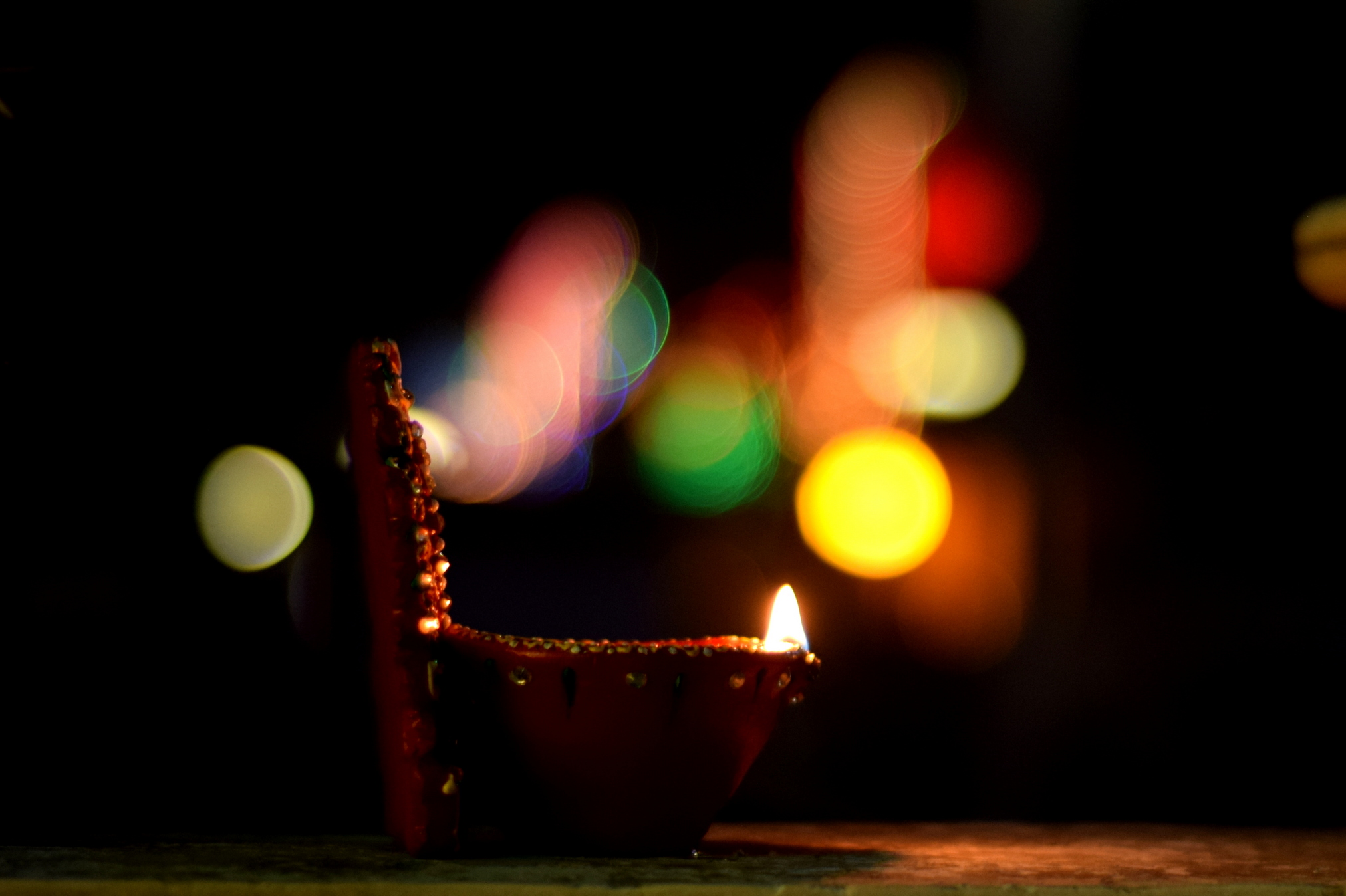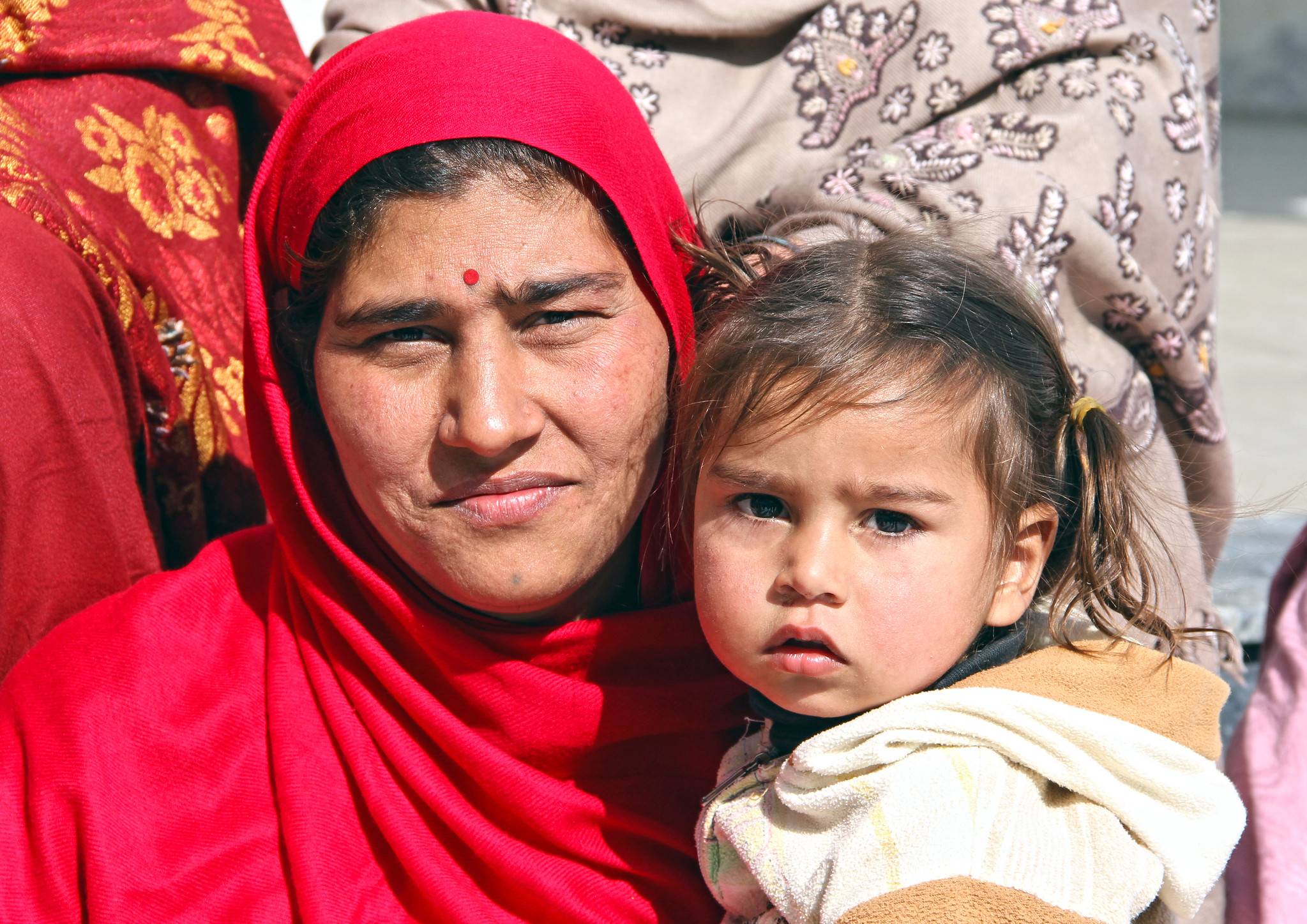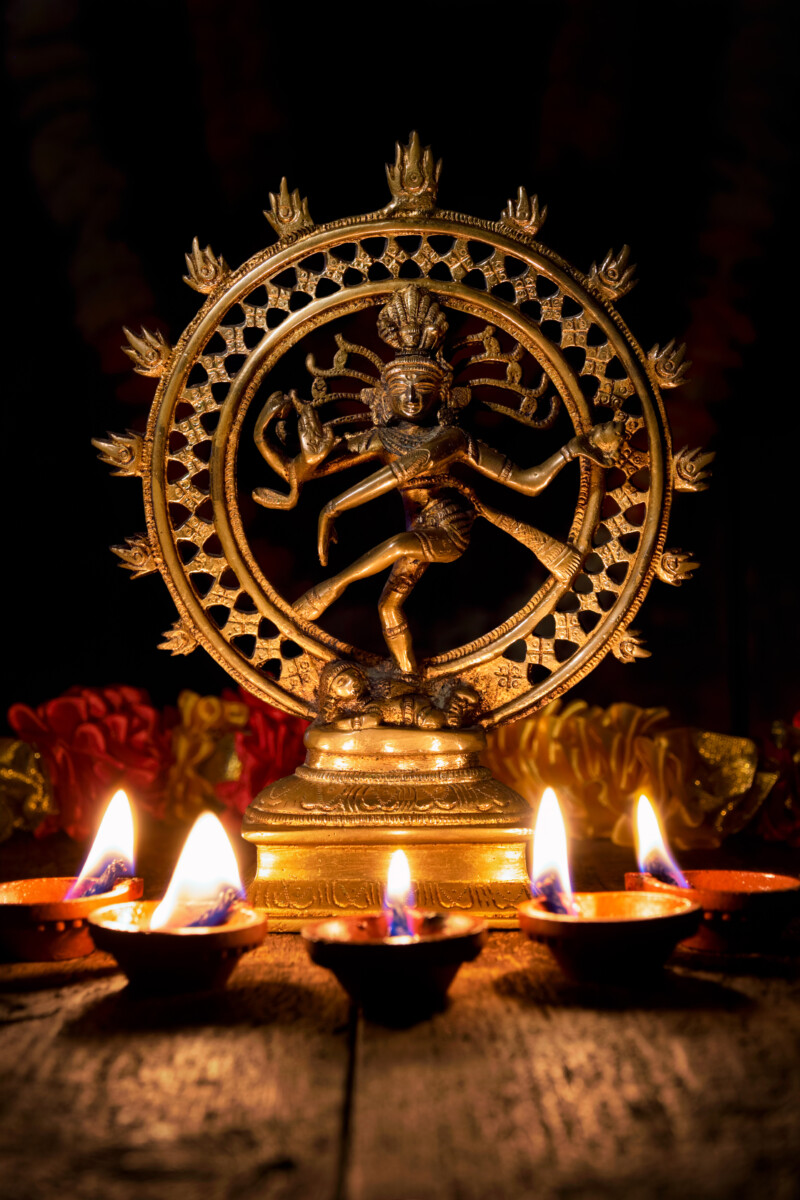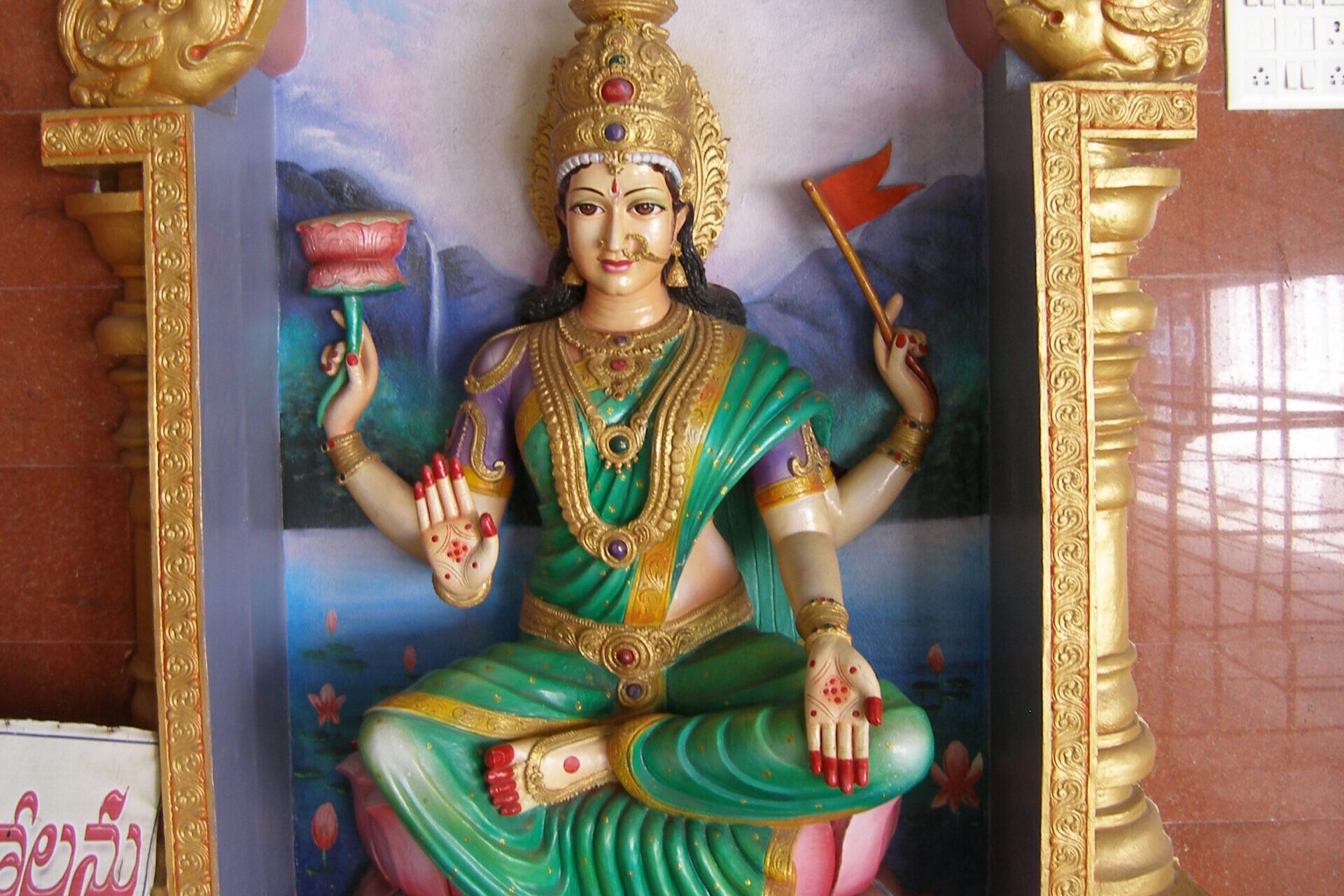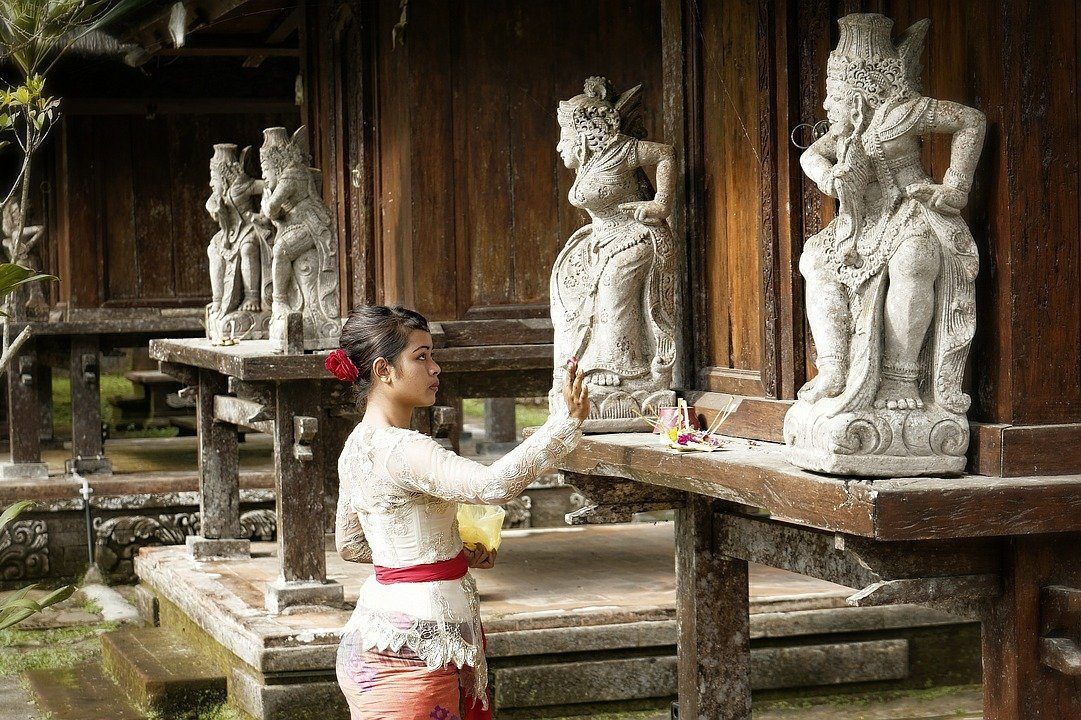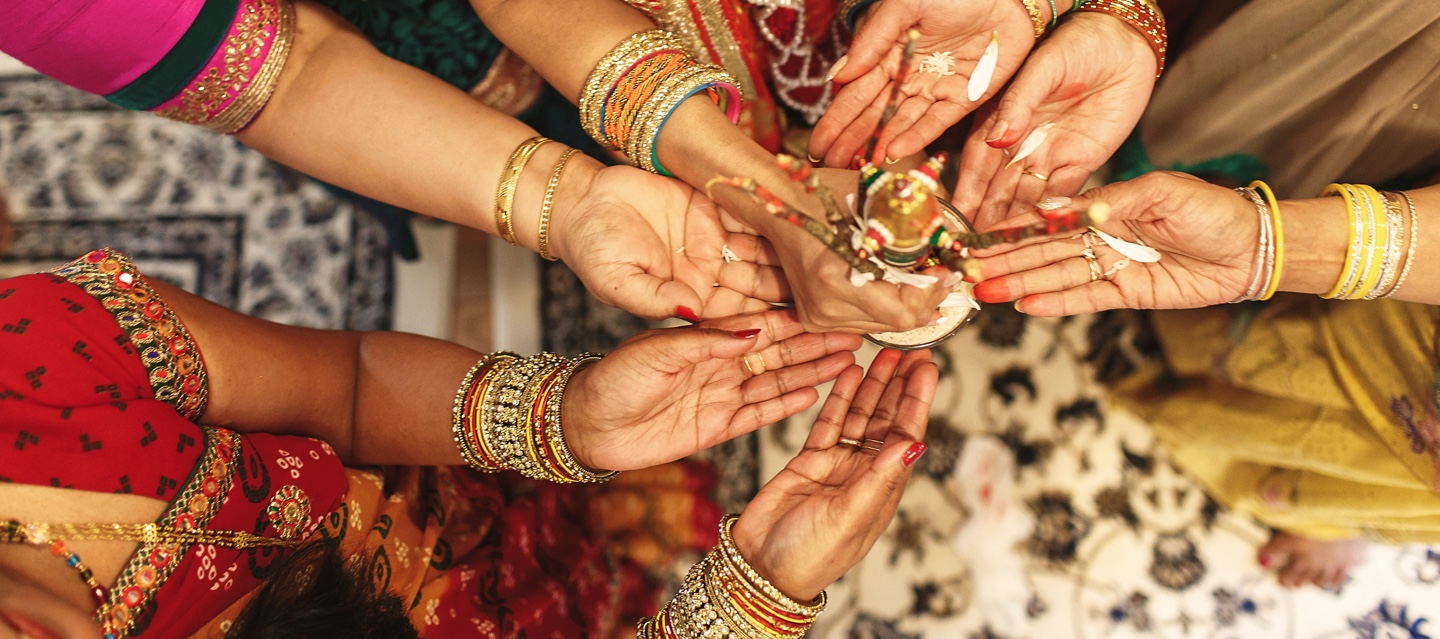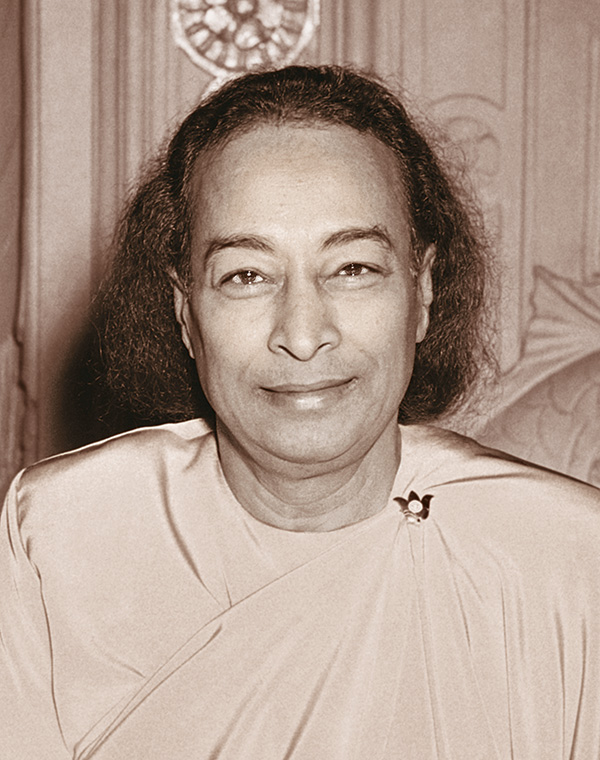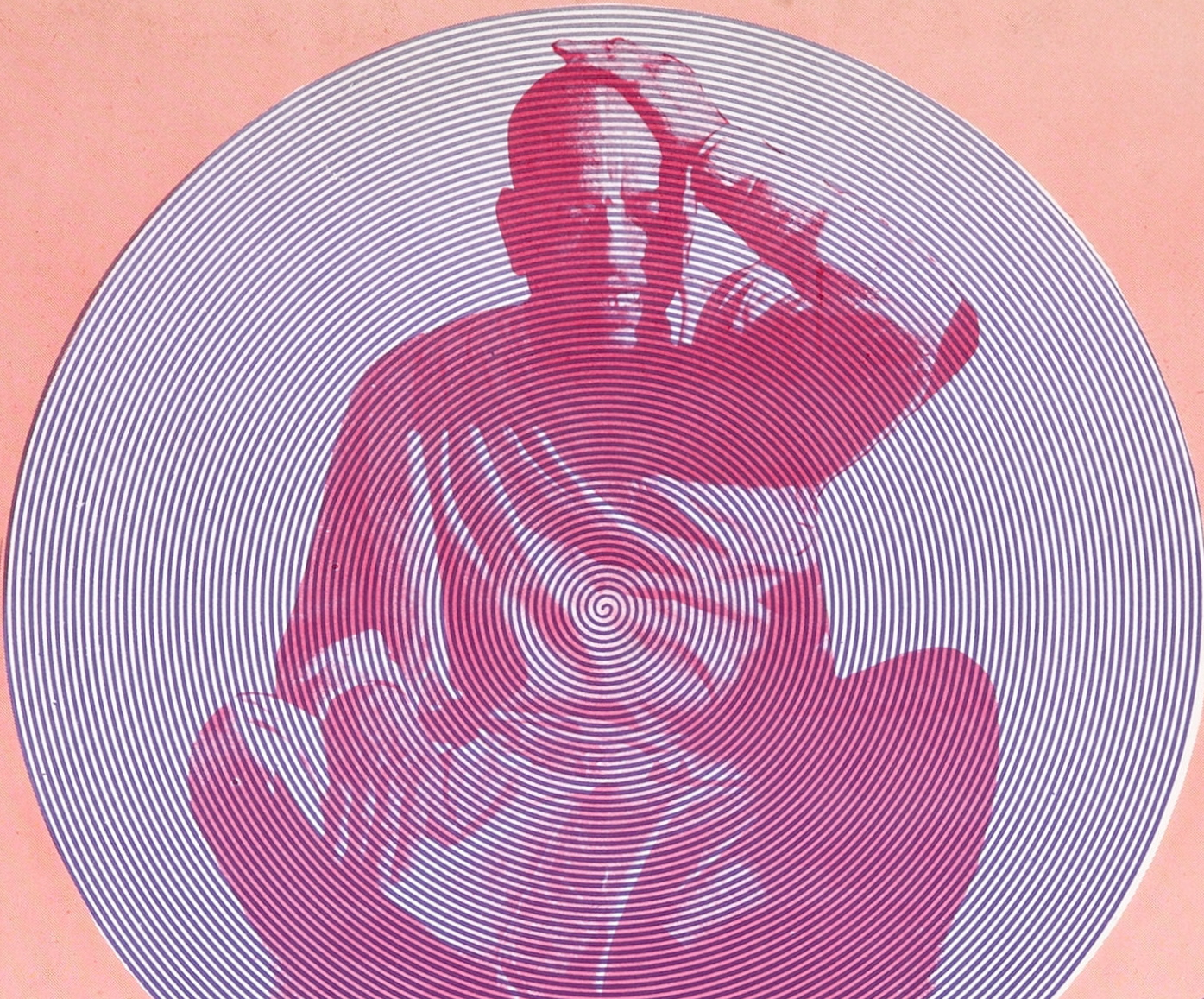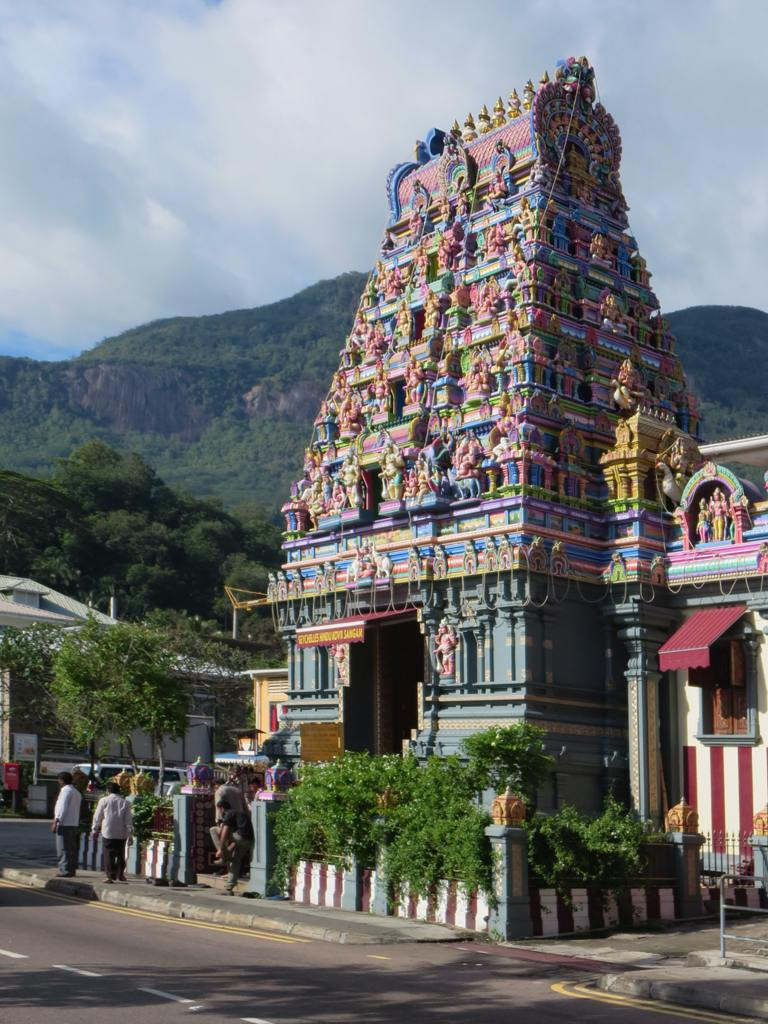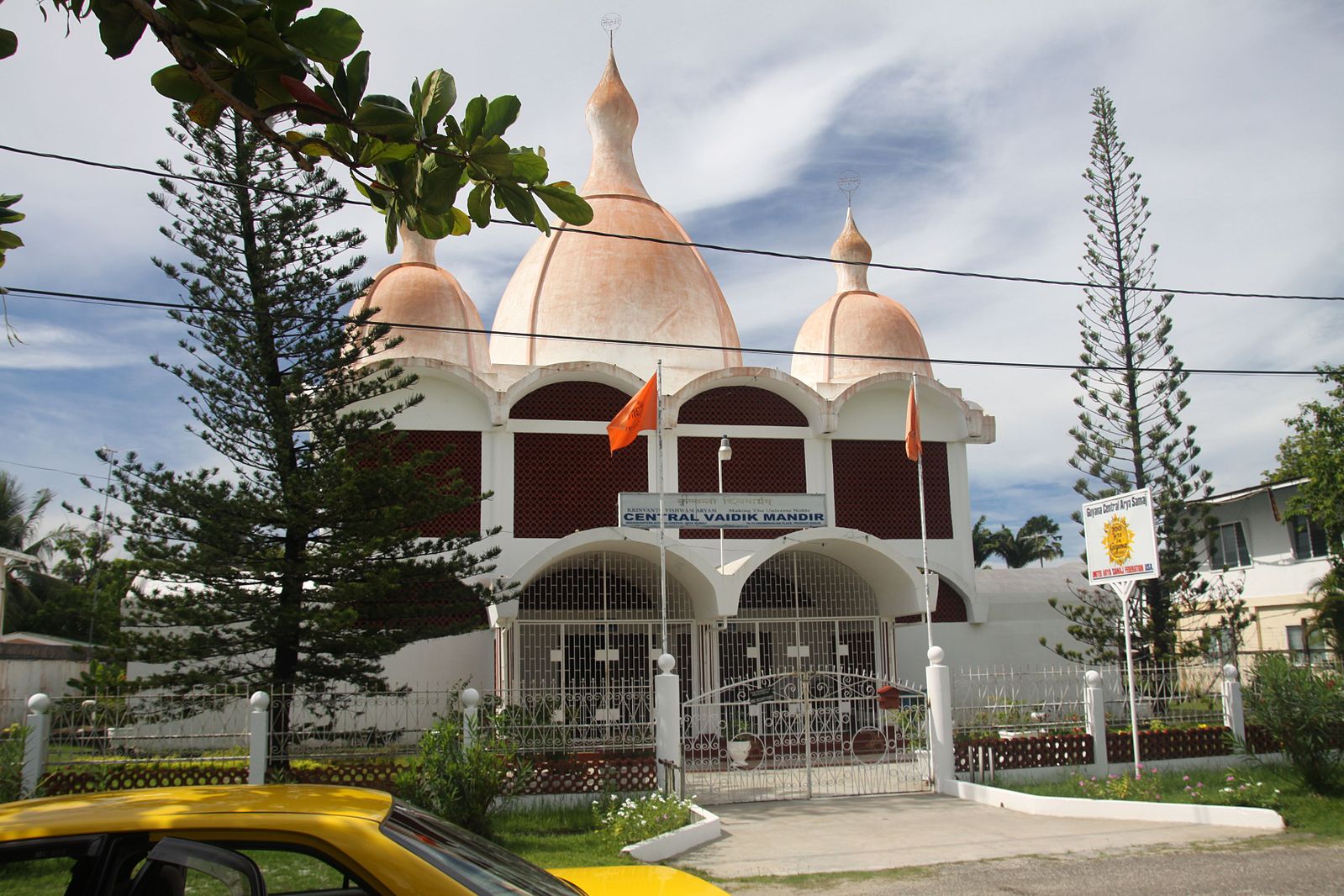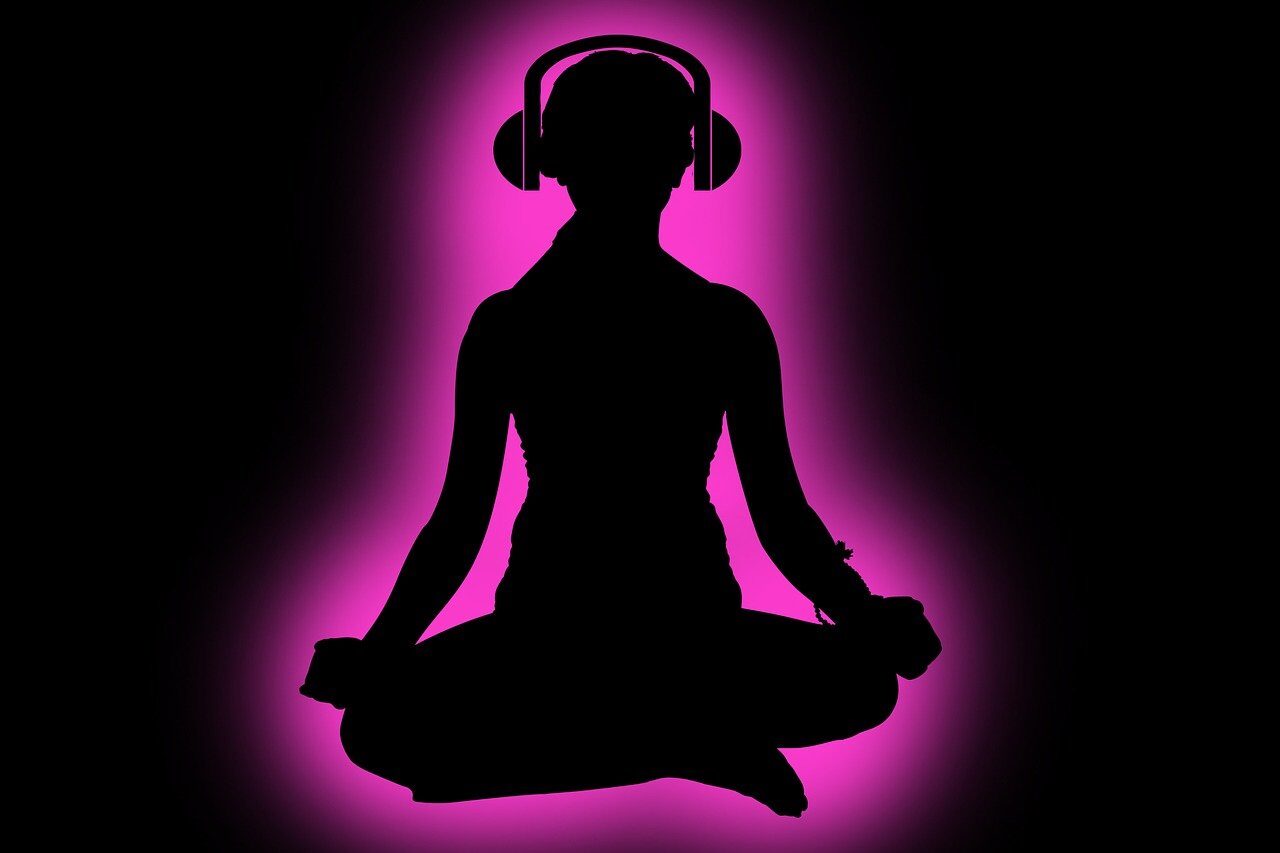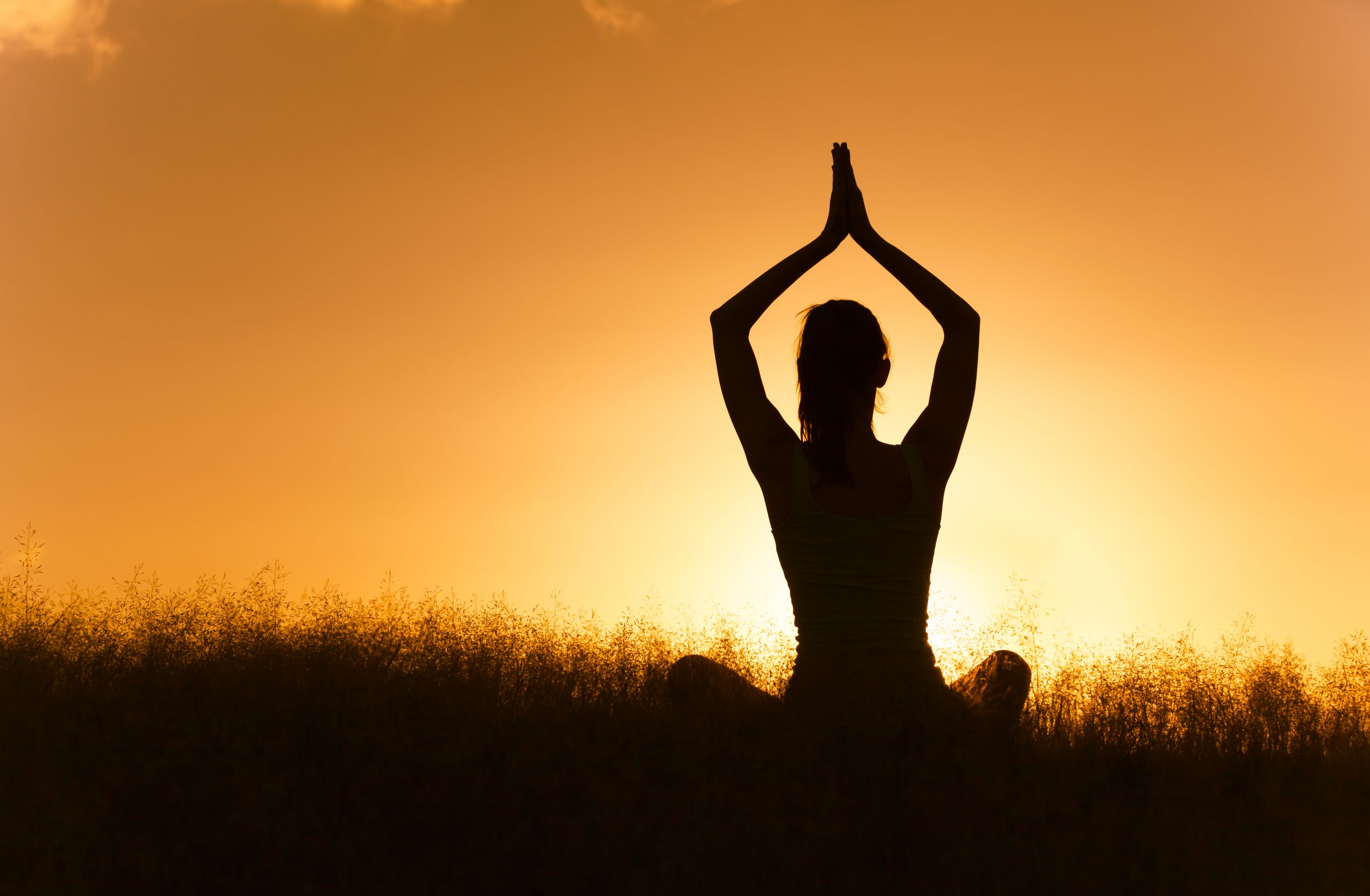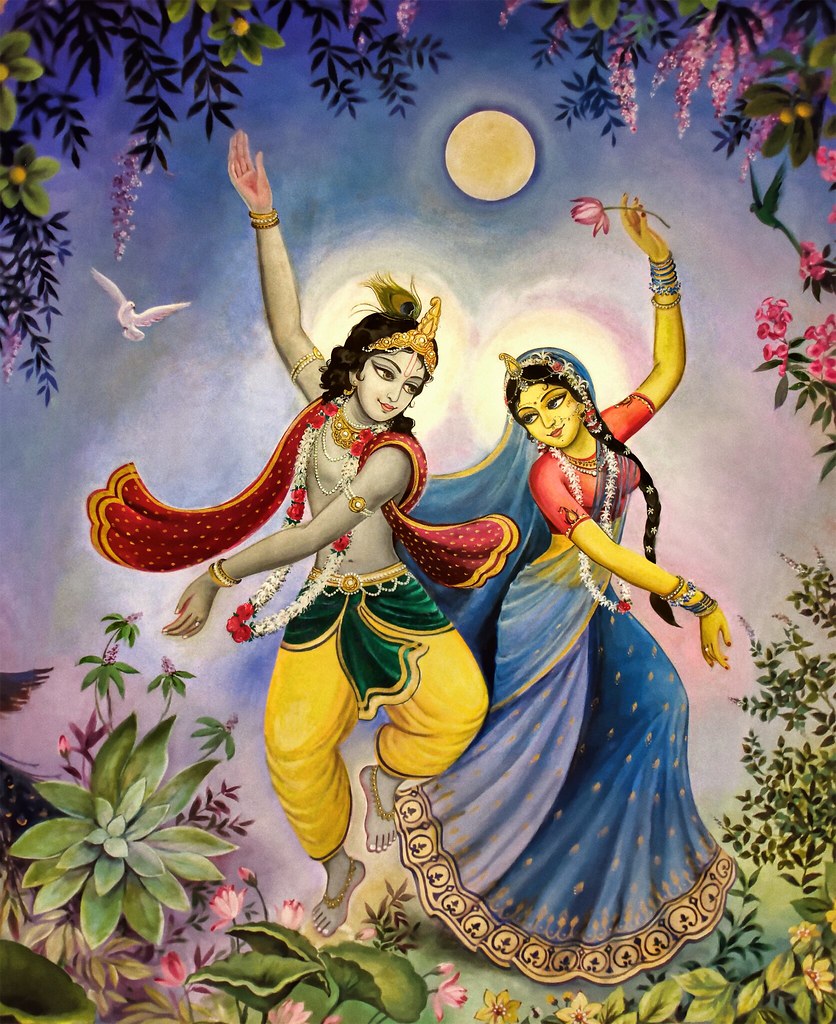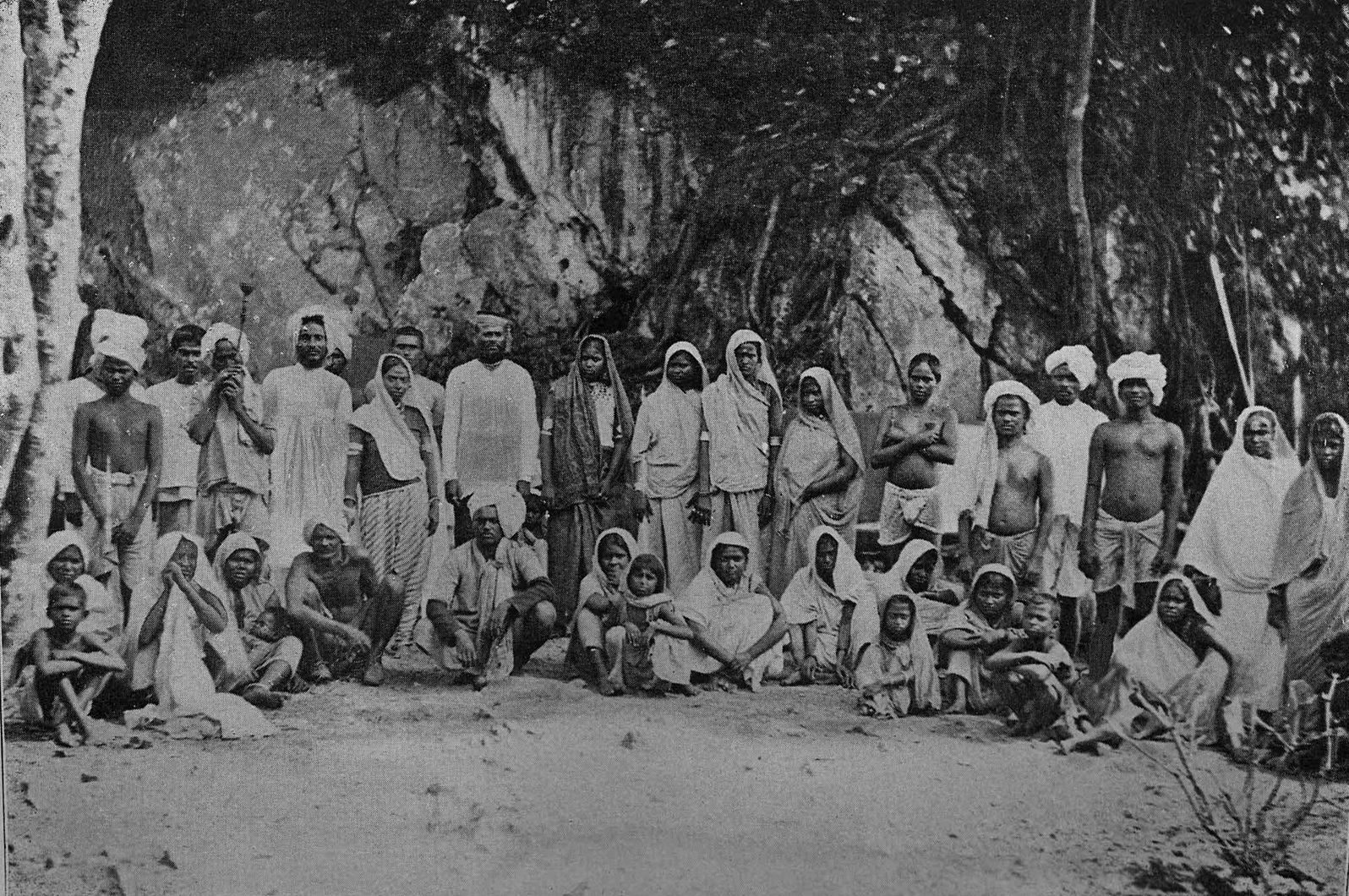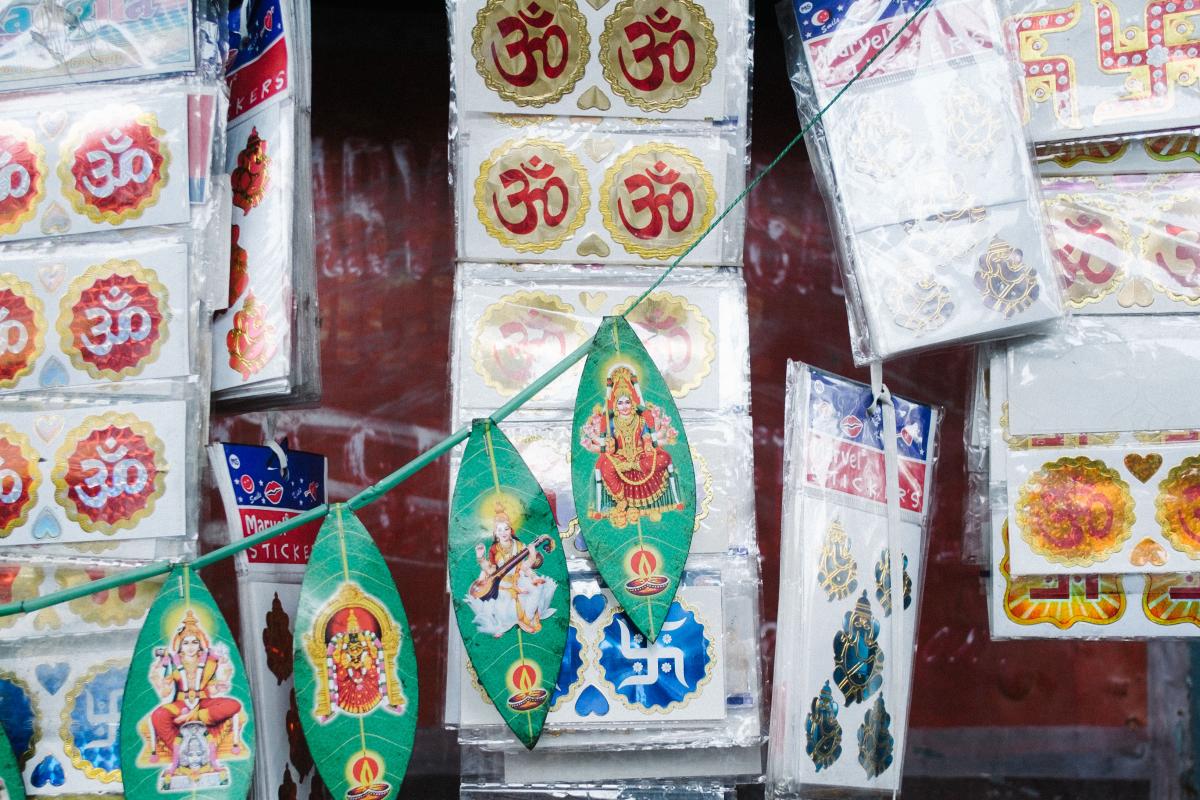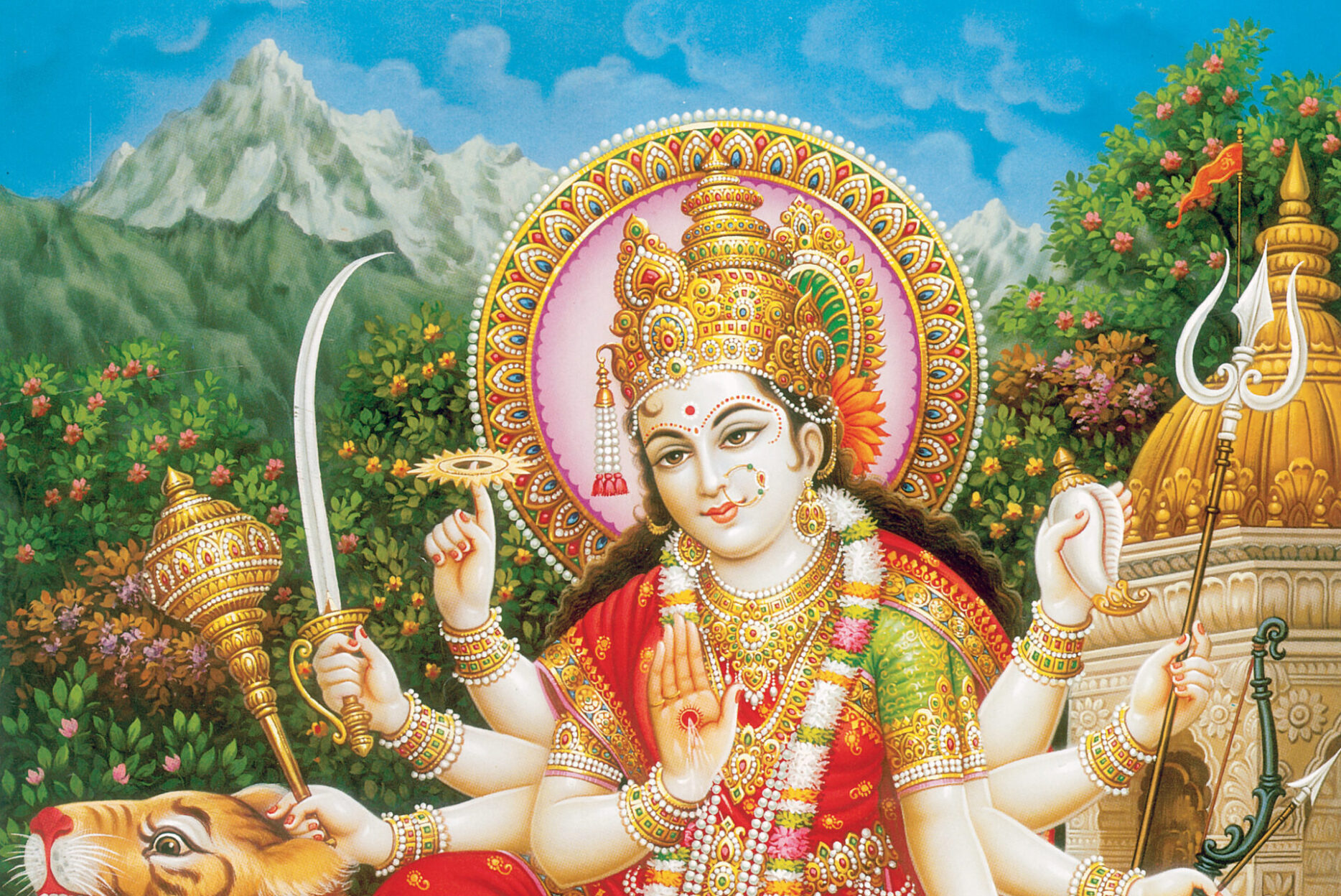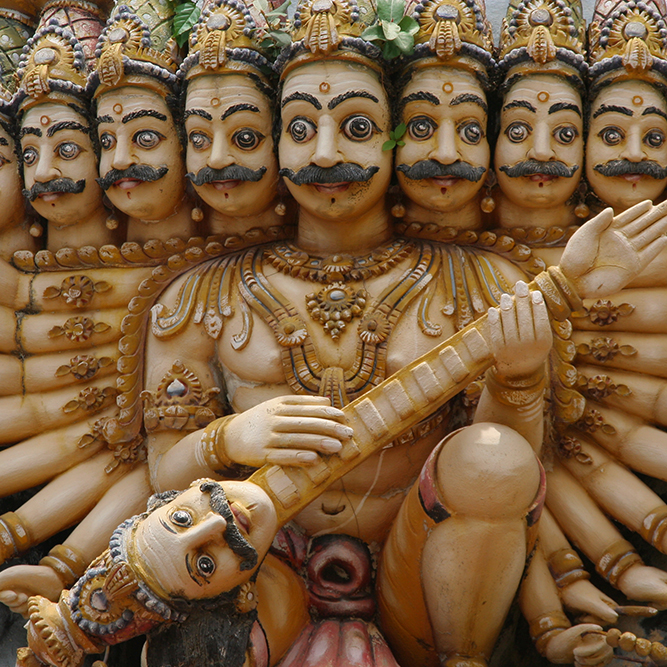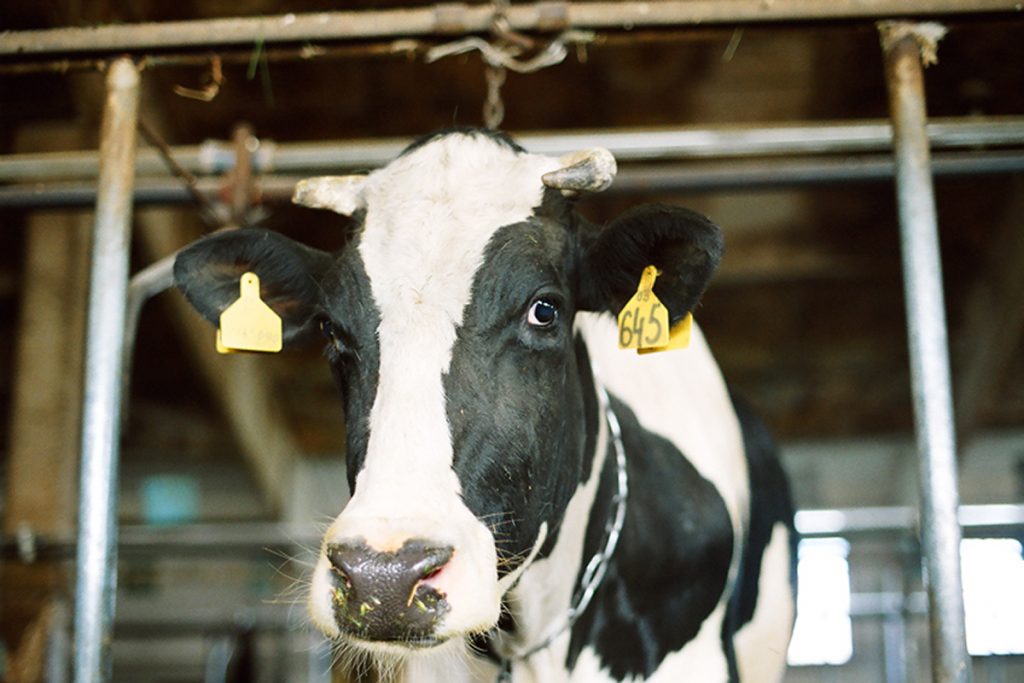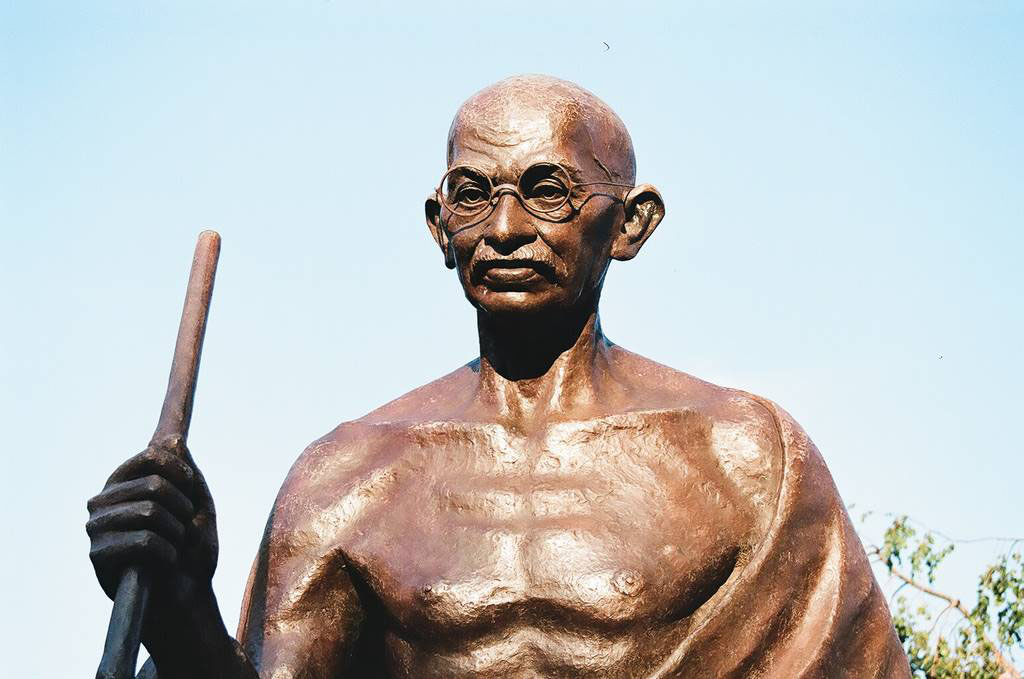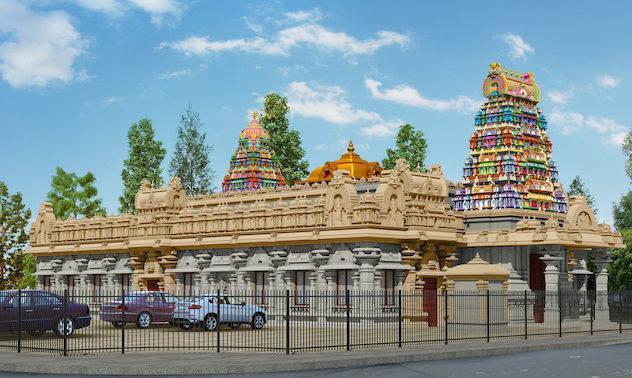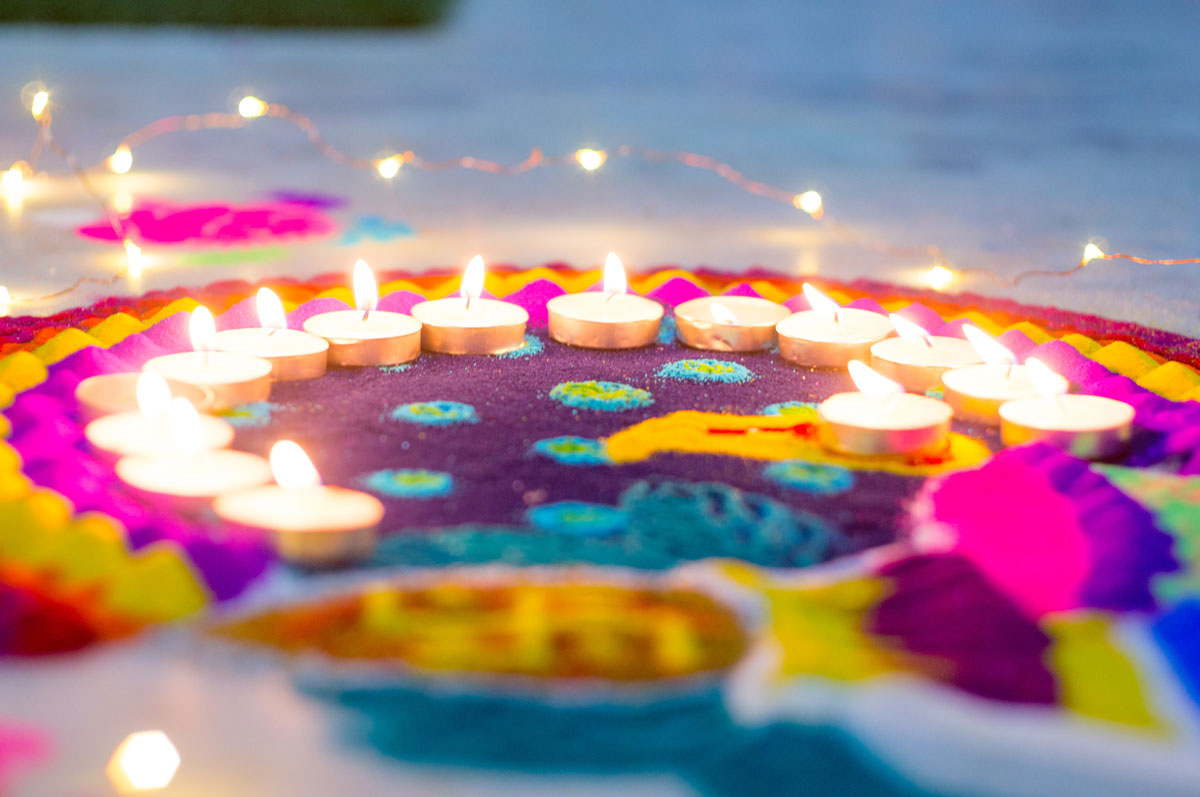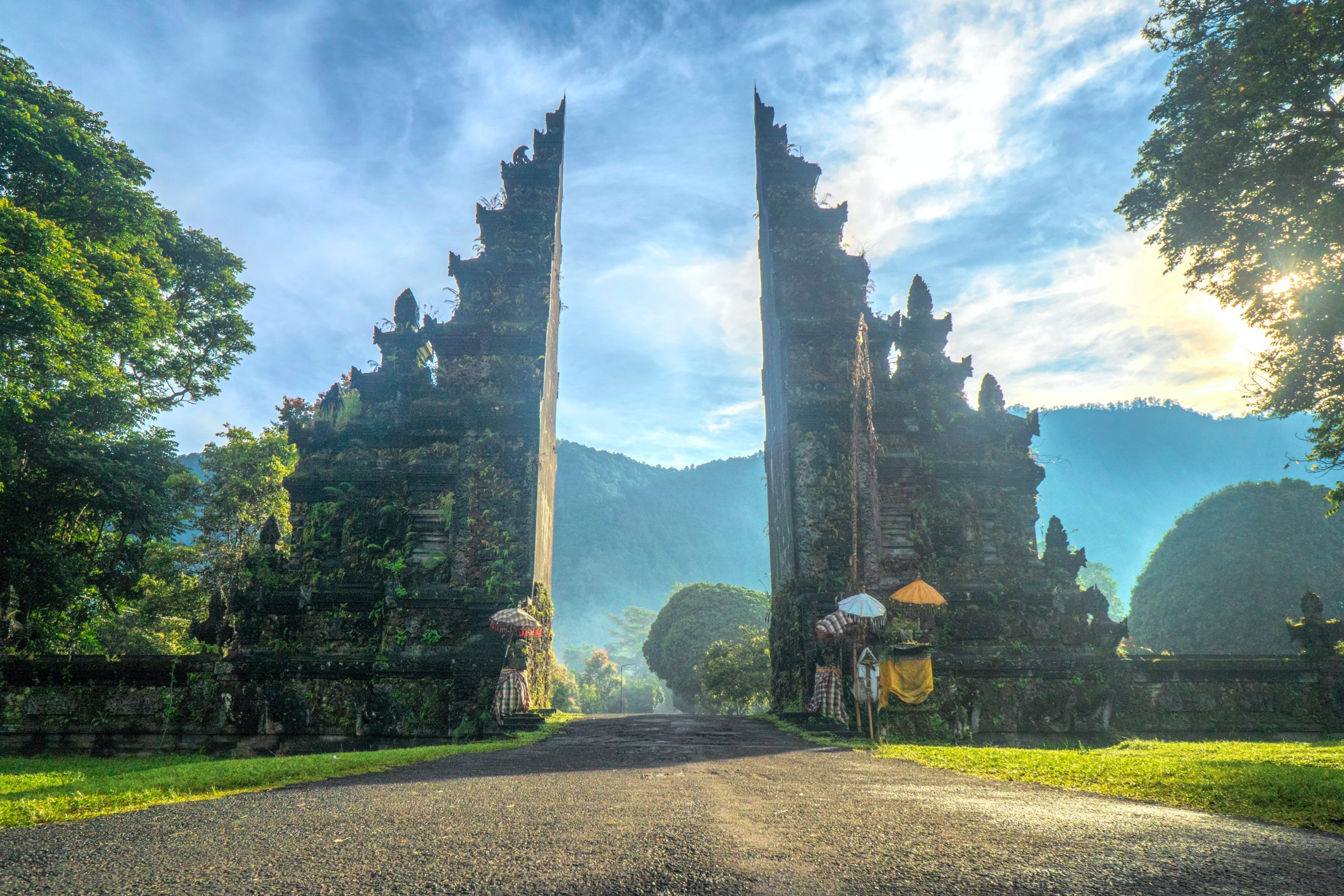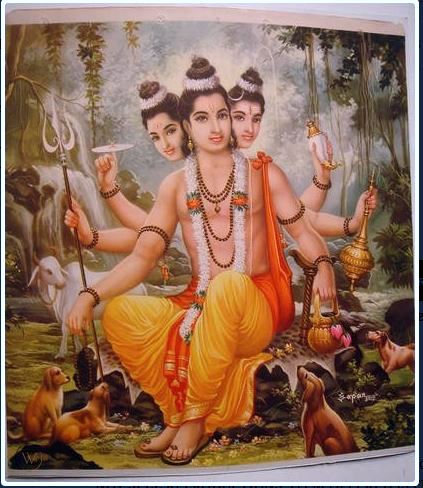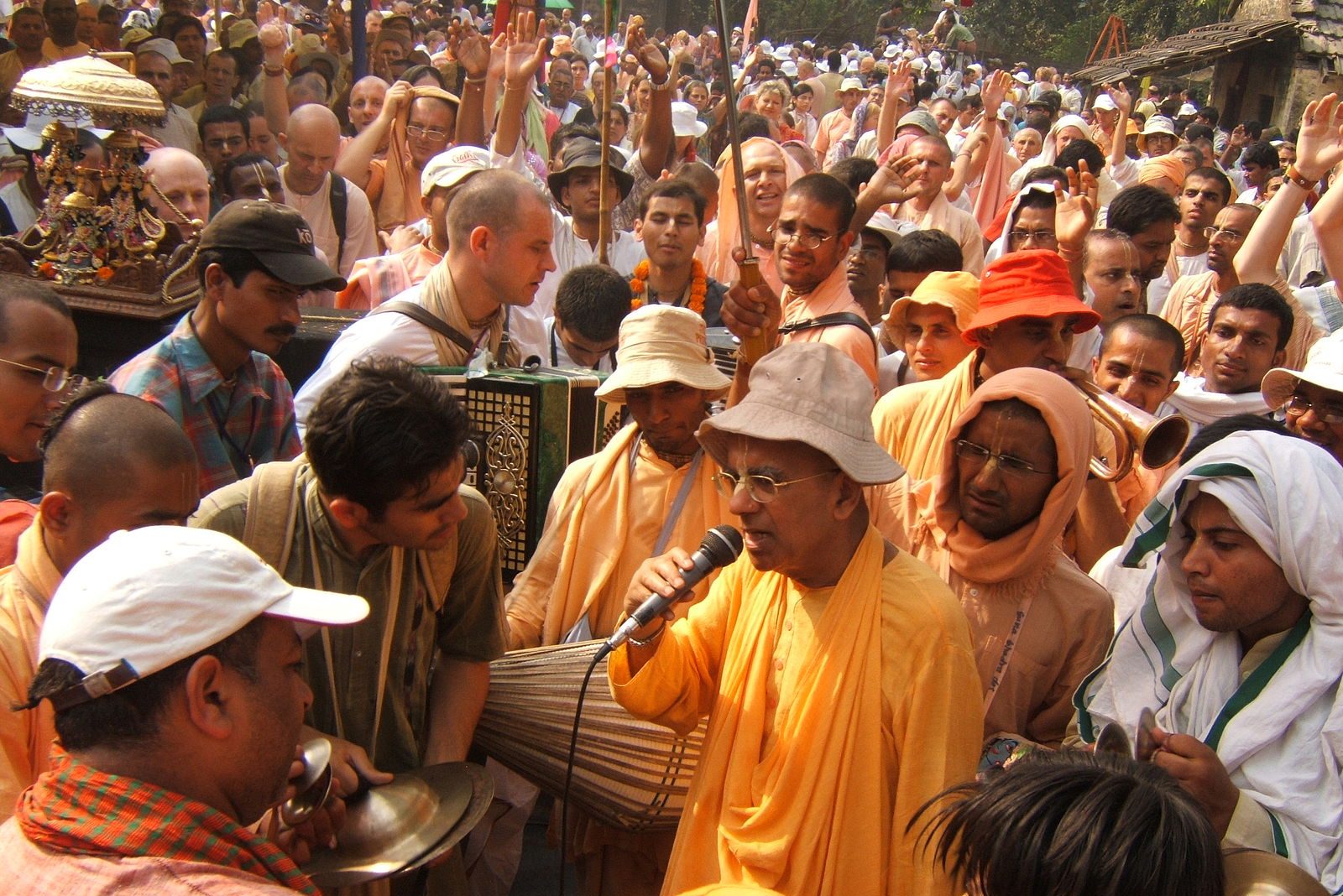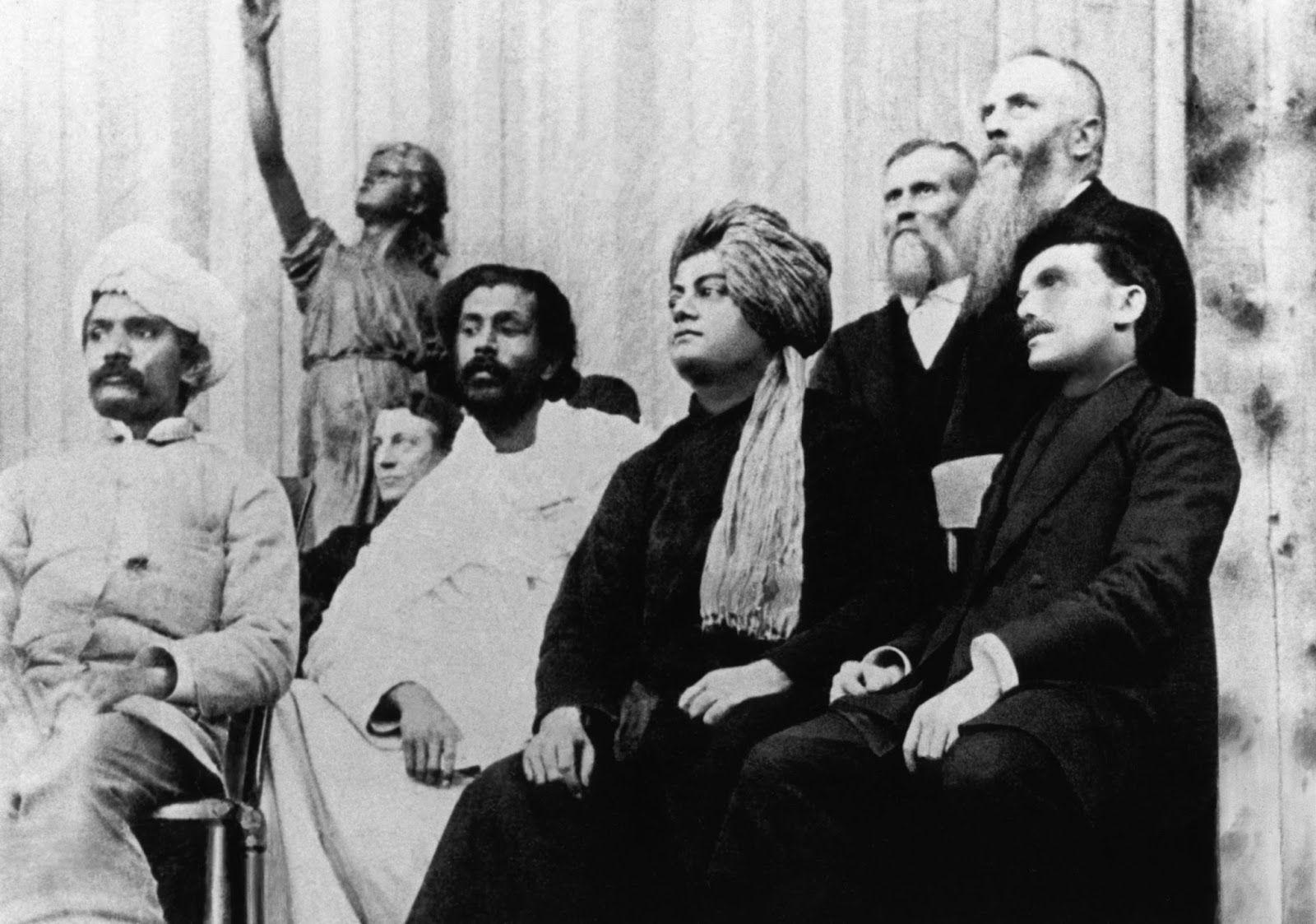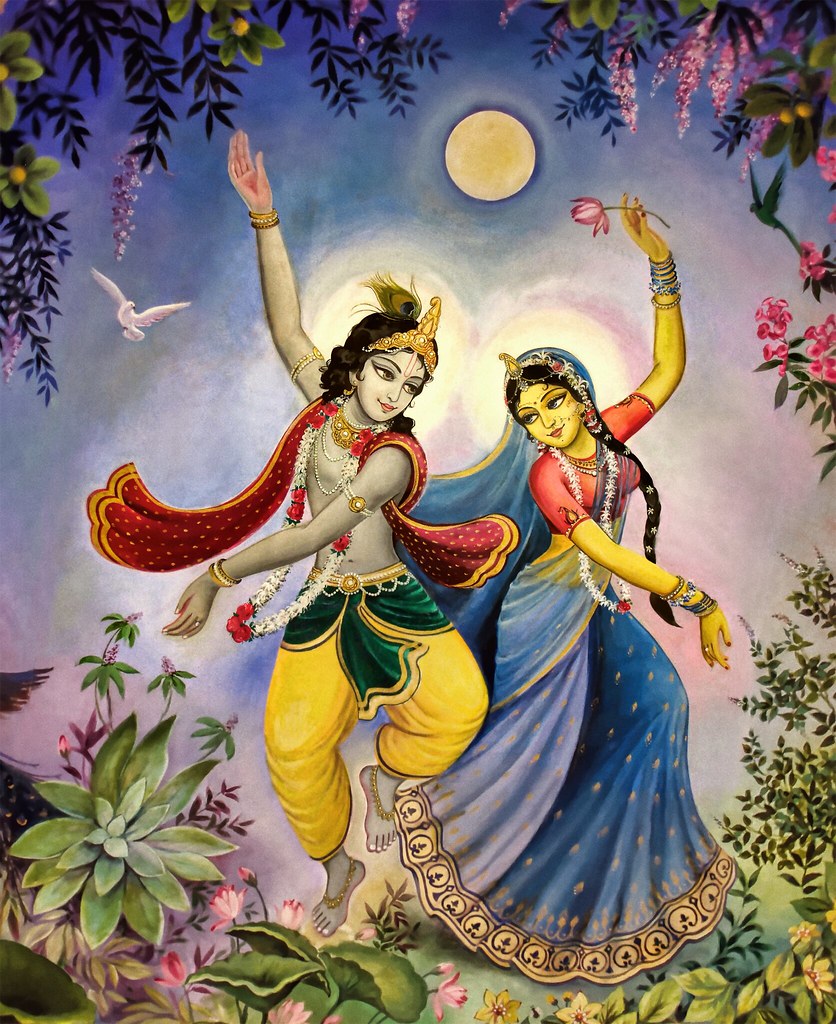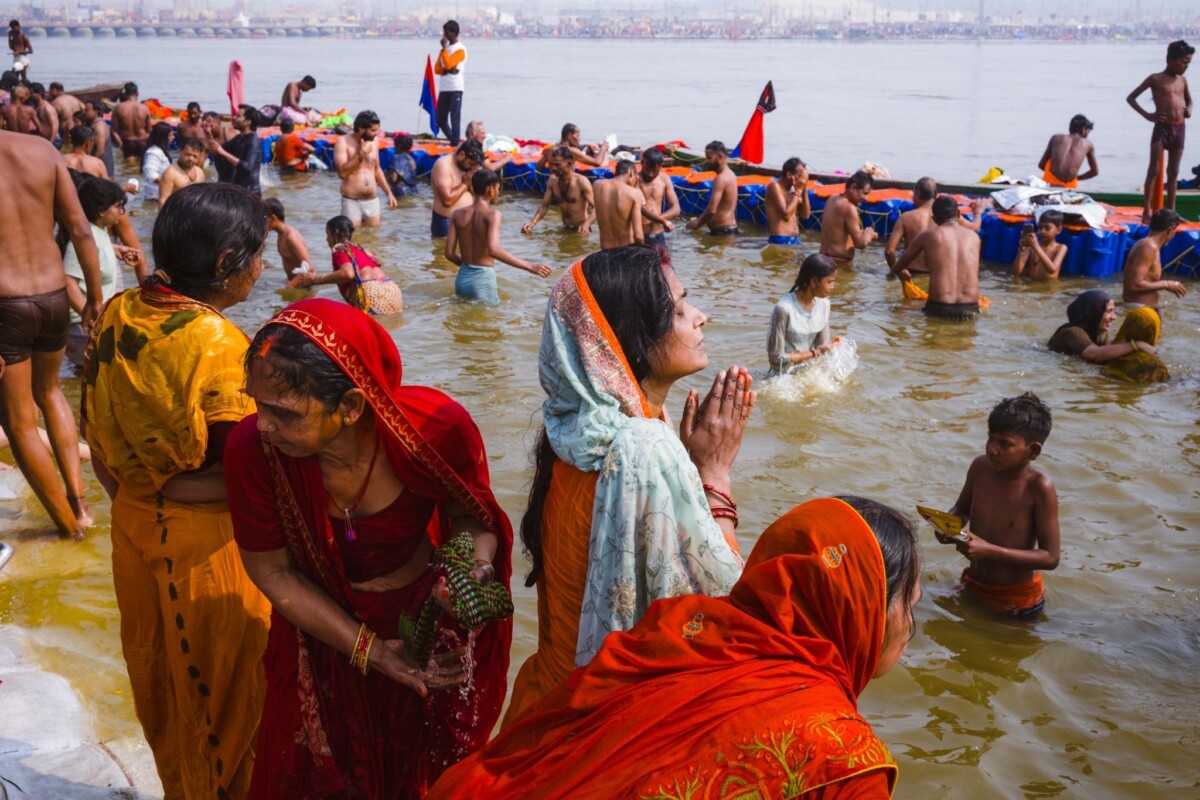

Photo © Mat McDermott
In the days leading up to Vasant Panchami, I traveled from New York to Prayagraj to attend the Maha Kumbh Mela, both as a pilgrim and to photograph with this once in a lifetime event. The following are some notes and reflections from my time at the confluence of the rivers Yamuna and Ganga. NOTE: By the time the Kumbh was over, official stats estimated some 660 million people attended, a figure incorporating those people visiting multiple times.
January 27, En route to Delhi
I have to ask myself, why am I doing this? Going halfway around the world to be one of a projected 400 million people over roughly six weeks to have a dip at the confluence of two of India’s sacred rivers. Astonishingly on any given day there are more people in attendance than the entire city of New York, easily. And over the whole time roughly one-third of all the Hindus in the world will go.
For me it’s not anything about moksha — my liberation will not come from entering the water in any specific place; it will come through my actions alone — nor erasing past transgressions, as some people believe.
Rather, my motivations are much more down to earth. It’s about being part of the huge mass of humanity and reconnecting with my spiritual tradition as a whole. It’s about being witness to such a tremendous event and using my abilities as a photographer and observer to create a record of one ordinary person’s experience.
January 29, Delhi
I have to say that I am somewhat nervous and apprehensive about going to the Kumbh. Not for the reasons that many people might expect — that it’s a huge crowded dusty affair, which just had a crushing stampede that killed some 30 people — though that is a moderate concern I suppose. But because of expectations about what experience I might have. Might I be underwhelmed in some way? Last year I had an opportunity to attend, at the last minute, one of Amma’s events, where she famously hugs devotees. I had never gone before. While the meditation at the event was pleasant enough, I must sheepishly admit that the hug itself was for me, entirely unmoving. Others were visibly moved, some even crying. And I felt nothing. Certainly I felt less than hugging people I know. Will attending the Kumbh be a let down?
As it turns out, these pre-event concerns would be entirely unfounded.
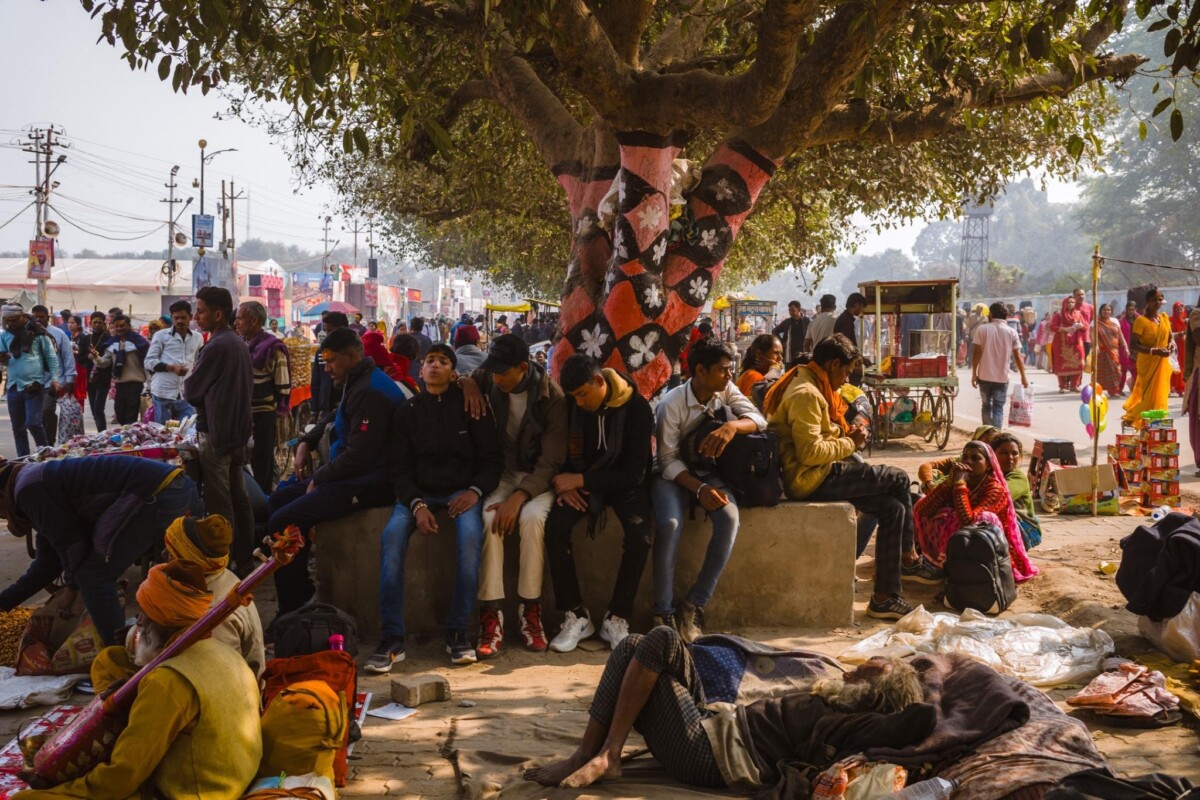
Photo © Mat McDermott
January 31, Prayagraj
The thing that people who’ve never been don’t realize about the Kumbh in Prayagraj is the amount of walking you have to do. From the nearest point on the mela grounds where most vehicles are let in, it is more than a mile walk to get to the water. In the camps where the various spiritual orders are, it can be more than 2 miles to get between camps. And if you are staying in one of the commercial tent encampments, where I stayed, it’s another mile or more to get to the mela grounds. Each day, taking in the entirety of the mela I easily walked 8-10 miles. Once you are on the grounds, there is no other way to get around than walking. You really need to temper your expectations in how much you can experience each day.
In much of the mela grounds it is like any street fair. The roads are lined with street vendors selling all sorts of products (ranging from imitation rudraksha malas, to toy guns and other toys, to pots and pans) as well as a great variety of food and beverages. It is crowded, but not overwhelmingly so. For Western readers, it is like any crowded fair or music festival, or perhaps Times Square on a busy day.
So you walk, and walk. And eventually the paved roadways give way to dirt. And then, finally, to the sand of the riverbank itself, and then the reed-covered areas right before the ghats.
As you get closer, spontaneous cries of “Har har Mahadev!” and “Jai Sri Ram!” break out, prompted seemingly only by being at mela.
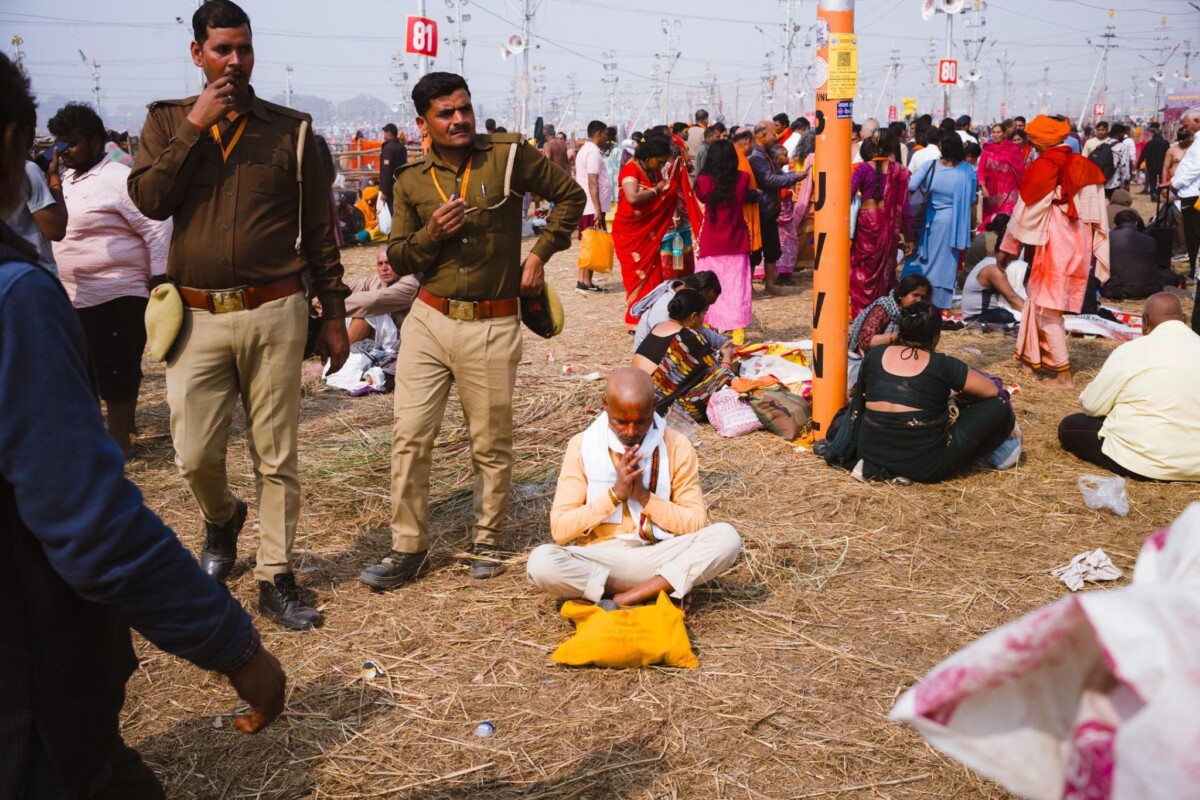
Photo © Mat McDermott
The moment you hit the sand — it’s fine river sand, not coarser sea sand — the atmosphere changes profoundly. Even though it is a more crowded feeling, the atmosphere is one of celebration. You can feel the air slightly cool and there is the slight smell of cool water in the air, as well as a slight grassiness from the reeds.
When I realized I was finally on the banks of the rivers and the Sangam was only a short distance away, I surprisingly got choked up and nearly began crying. I was finally actually here. Just this was far more moving than I expected.
At the Sangam Nose, a few days after the tragic stampede, the atmosphere was actually peaceful and joyful. Some people are very serious in their devotion, doing short pujas and the like. For others it’s a fun day at the beach, splashing each other and simply having a good time. Other people fill jugs with water from the Sangam or small bits of river sand to take back and use in their home gardens. I met a couple from Rajasthan who amazingly took 20 dips over the three days they were at the mela, they said.
As for the water itself, it is actually quite warm in the shallow areas and cool but not cold elsewhere. I was surprised at how fast the rivers move. Floating barriers protect people entering the water from getting too far from shore and into the current.
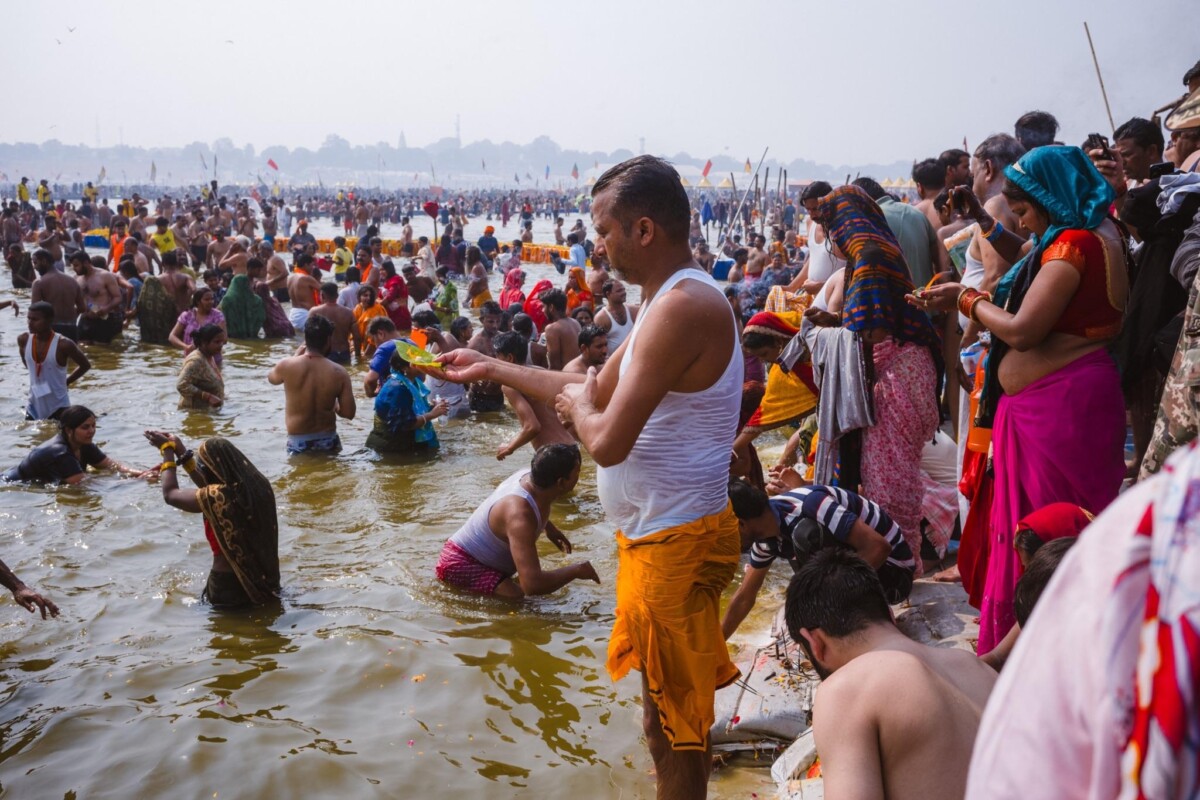
Photo © Mat McDermott
February 1, Prayagraj
The main mela grounds are amazingly clean considering the scale of the event — with the caveat that it’s far from spotless and, using the music festival touchpoint again, it is no doubt a daunting task to keep up with it all. There are workers in the water, constantly cleaning up offerings a short while after they are left.
Nevertheless, in contrast to all the high-tech talk prior to the mela (no doubt behind the scenes this exists) the whole thing remains a very viscerally earthy and dusty affair. As I shape these notes into something for public consumption I am slightly sick from breathing in several days worth of dust, air pollution, and smoke.
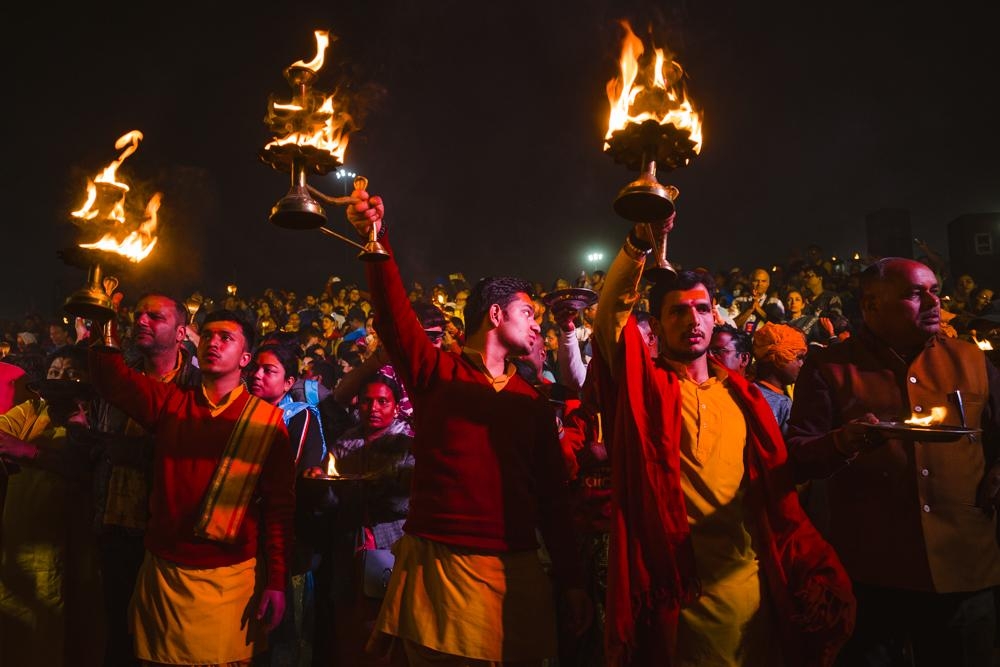
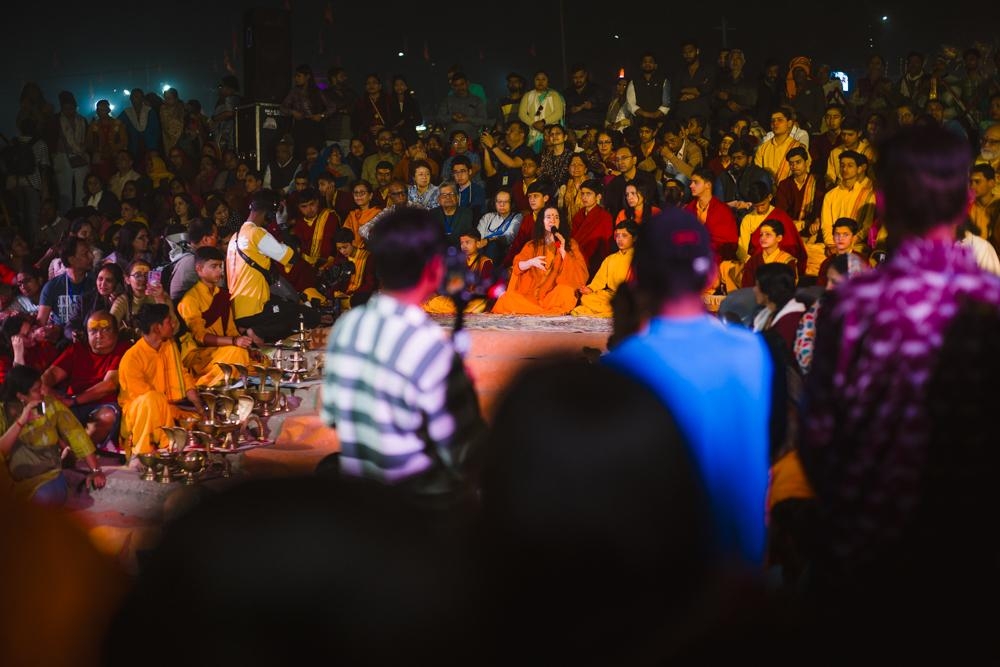
Photo © Mat McDermott
Each evening aarti happens at several ghats on the river. I attended the one at Arail ghat, organized by Parmarth Niketan, as it happened to be the one closest to where I was staying. Post bhajans and prior to aarti, Sadhvi Bhagwati spoke, in a mixture of Hindi and English, about the spiritual connection between limiting using single-use plastics and her desire to create a clean, green, and serene Kumbh. Given the number of people in attendance, I thought, the serene part probably has to come from one’s internal feeling and not external circumstances.
February 2, Prayagraj
Visited the Juna Akhada’s camp and sat with a number of babas for some time. Despite their sometimes intimidating appearance, everyone is very relaxed. This is perhaps in no small part because of the chillums freely passed around. In particular, Rudraksha Baba (why he’s called this should be obvious from the photograph) drew me in and I joined maybe five other people sitting singing Shiva bhajans.
One interesting thing I observed is that the vast majority of people simply come for brief blessings, a small donation, a tap on the head with peacock feathers, and then they move on. For me, it seemed, that was insufficient. It is not the brief darshan and blessing that was compelling, but more extended time in the presence of these people living lives so much different than my own.
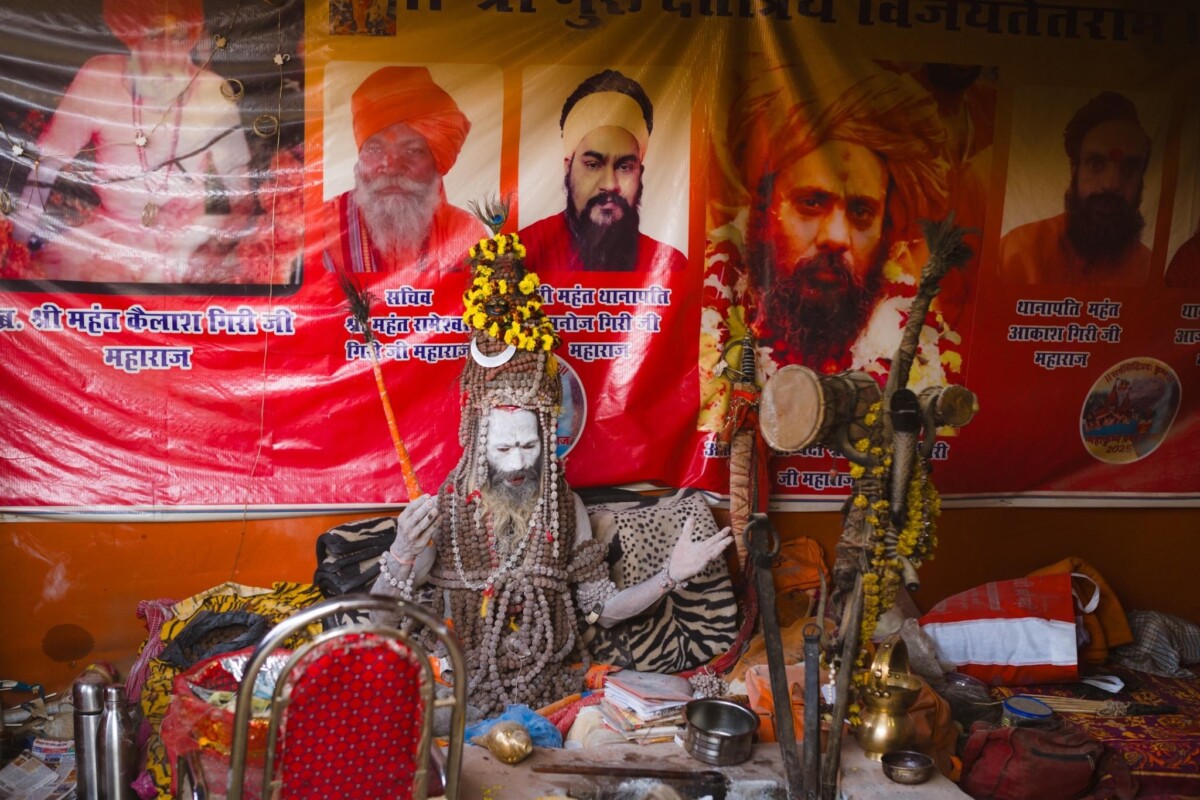
Photo © Mat McDermott
At a different akhada: As if meditation for most people isn’t difficult enough, some sadhu’s sadhana includes meditating surrounded by burning piles of cow dung. The amount of smoke these put out is huge and simply being in the vicinity of so many for a mere 10 minutes has your eyes watering and nose burning. How they do this for longer periods is, at risk of deep understatement, impressive.
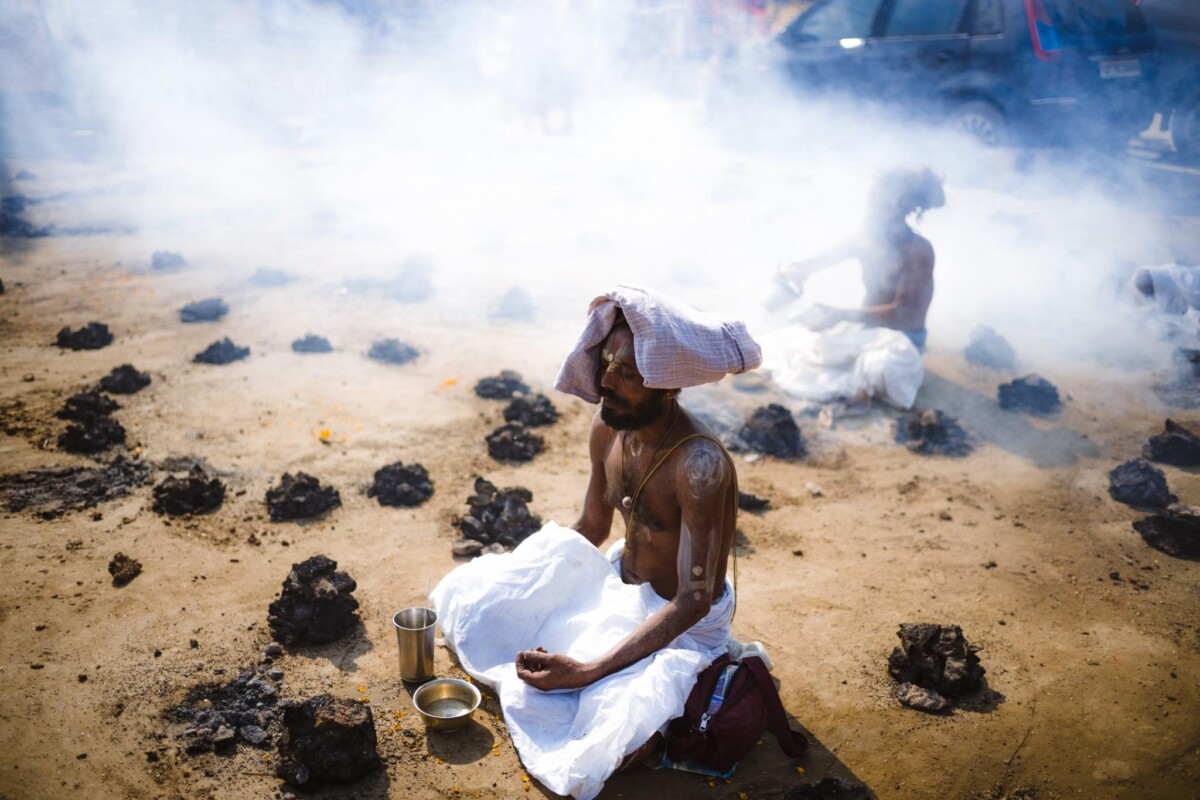
Photo © Mat McDermott
February 3, Prayagraj
Leaving today. The Kumbh is an amazing experience. Equal parts spiritually uplifting and a beach party and seemingly endless walking that was much more tiring than what, on paper, are far more strenuous treks and climbs I’ve done. Everyone is having a great time and chatty. The sheer volume of people, with obviously very meagre means, who have come out of devotion, walking miles and miles carrying a suitcase or bag, only to take a brief dip, rest a short while and leave, really stays with me. This is how the event has so many people coming, the constant stream of humanity flowing towards the rivers, mixing briefly and then each moving on.
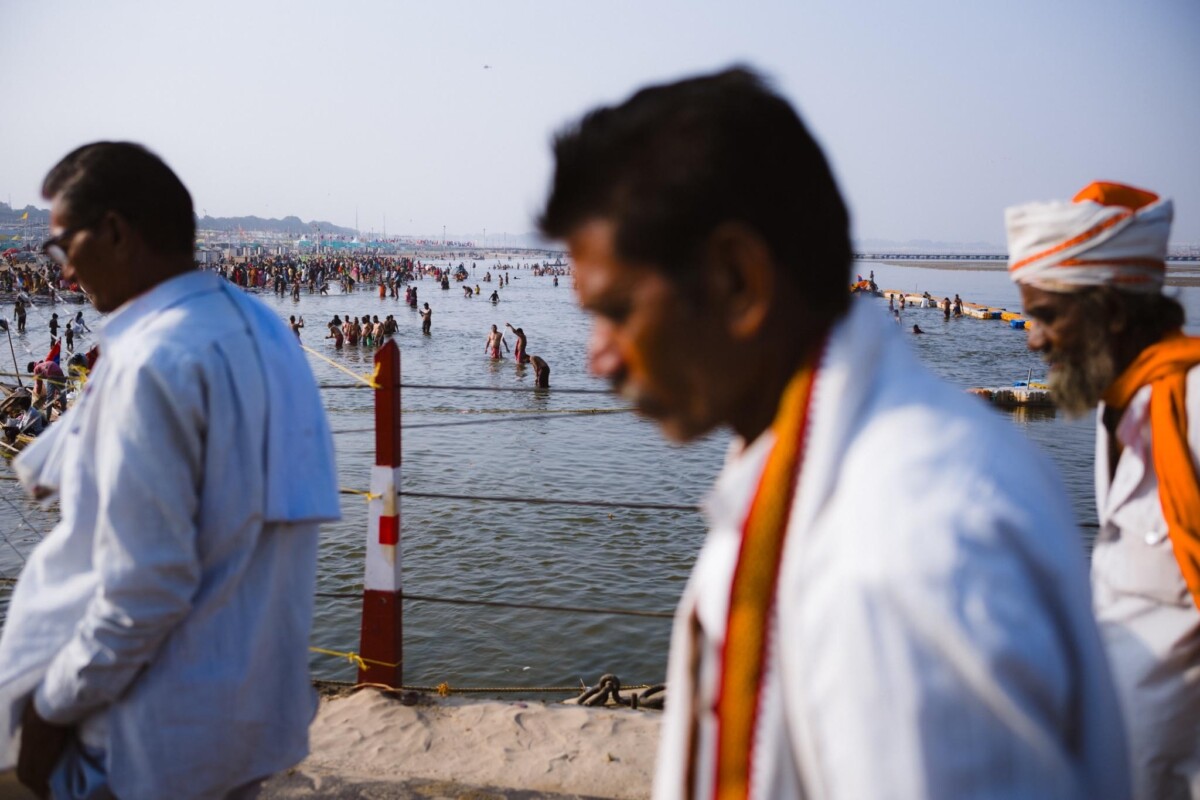
Photo © Mat McDermott



